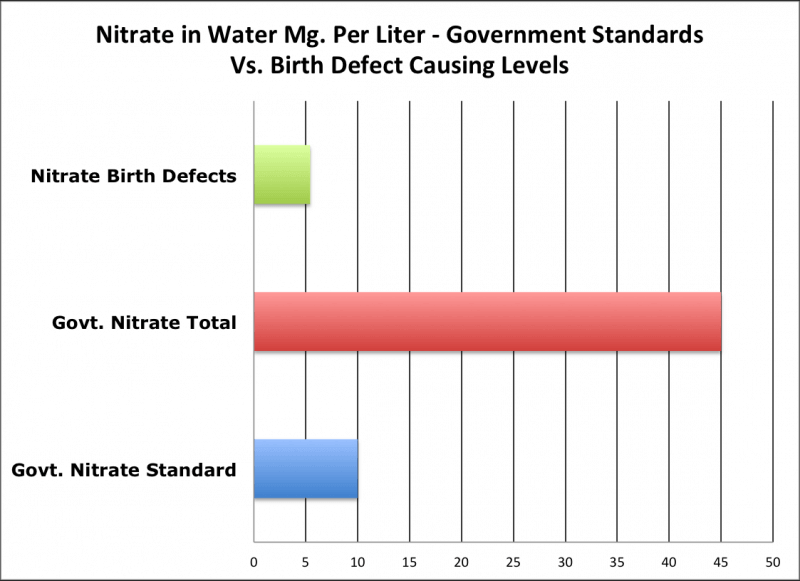Courtesy of the Illinois College of ACES-Agricultural, Consumer, and Environmental Sciences. View the Article from their website HERE.
Corn hybrids with high yields come with more variability
URBANA, Ill. – The agriculture industry is in a tough spot; it’s simultaneously tasked with feeding a growing population and minimizing its environmental footprint. For corn breeders, that means improving nitrogen-use efficiency and crowding tolerance, all while maximizing yield. The first step, according to a new study from the University of Illinois, is understanding the genetic yield potential of current hybrids.
“Growers and breeding programs need to understand which hybrids have stable yields across environments or are able to produce greater yields with more fertilizer and higher plant populations,” says Fred Below, professor of crop physiology in the Department of Crop Sciences at U of I and co-author on the study.
A hybrid with high yield stability is less responsive to the environment – it will perform consistently in sub-optimal and optimal conditions. It’s a workhorse: dependable, but not flashy. Alternatively, a hybrid with high adaptability will yield like gangbusters when planted in optimal conditions, but may let farmers down in a bad year. It’s more like a racehorse: it’ll go, but it’s finicky.
The problem is that current commercial breeding programs develop their elite hybrids under optimal conditions – high levels of nitrogen fertilizer and plenty of space between rows – and only test yield responses to different crop-management practices at the pre-commercial stage. That means there is a limited understanding of each hybrid’s stability and adaptability under variable conditions.
To fill the gap, Below and his research team evaluated 101 commercially available elite hybrids at two planting densities and three nitrogen fertilizer rates across multiple years and locations.
“The objective was to measure the interactions of the hybrid with the environment and management style by evaluating an extensive assortment of current maize hybrids for yields and classify them for yield stability and crop-management adaptability to improve future breeding programs,” he says.
The researchers found that the amount of applied nitrogen fertilizer had a much greater effect on yield than planting density, but they emphasize that the consistency of the yield response was more important.
Hybrids that combined above-average yield under unfertilized and low-nitrogen conditions exhibited more consistent yields regardless of the environment, even when grown with high rates of nitrogen. These workhorse hybrids would be best used in nitrogen-loss prone areas, or when yield stability is more desired.
In contrast, other hybrids yielded more under high-nitrogen than low-nitrogen conditions, but their yields were more variable, due to a greater sensitivity to environmental conditions. These racehorse hybrids have potential for greater yield return when provided the optimal management and environment, but also carry a higher risk of underperformance in yield when faced with less-than-ideal conditions.
“Selecting hybrids with both high yields and yield stability may be challenging, since yield levels under lower nitrogen availability and yield increases with high nitrogen fertilization were negatively correlated,” Below says. “Hybrids that are adaptable to high plant density and nitrogen conditions exhibited greater yield potential, but also greater yield variation.”
“Yield stability differs in commercial maize hybrids in response to changes in plant density, nitrogen fertility, and environment,” is published as an open access article in Crop Science [DOI: 10.2135/cropsci2017.06.0340]. Below’s co-authors include Adriano Mastrodomenico, Jason Haegele, and Juliann Seebauer. This research was supported by the USDA’s National Institute of Food and Agriculture [project NC1200], Illinois AES, Crop Production Services, Growmark, Monsanto, DuPont-Pioneer, Syngenta, Winfield United, and Wyffels Hybrids.
News Source: Fred Below
News Writer: Lauren Quinn




